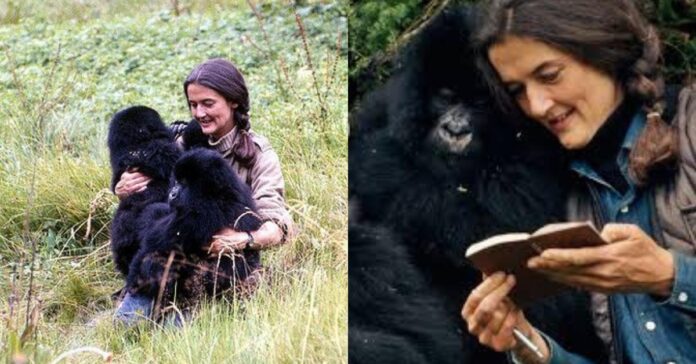Dian Fossey was more than a scientist she was a force of nature, a voice for the voiceless, and a trailblazer in primatology. Her name has become synonymous with the conservation of mountain gorillas, and her groundbreaking work forever changed the world’s understanding of these majestic creatures. Her journey began with a passion for animals and ended with a legacy that continues to protect mountain gorillas to this day.

Born 1932 in San Francisco, California, Fossey showed an early love for animals. However, it wasn’t until her early 30s that she took a trip to Africa, where her life’s purpose would be revealed. In 1963, she visited the continent for the first time and soon met famed anthropologist Louis Leakey. Recognizing her potential, Leakey encouraged her to study mountain gorillas in the wild, just as he had supported Jane Goodall in her research on chimpanzees.
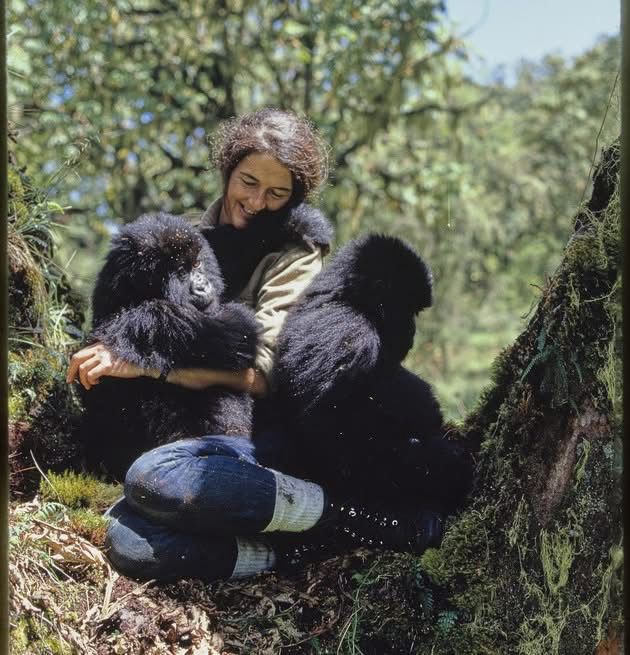
In 1967, Fossey established the Karisoke Research Center in the misty mountains of Rwanda’s Volcanoes National Park. It was here that she began her in-depth study of mountain gorillas, a species that was not only poorly understood at the time but also dangerously close to extinction. Her approach was unique she immersed herself in the gorillas’ environment, patiently building trust over months and even years. Over time, she was accepted by the gorilla groups, allowing her to observe their behaviour, social dynamics, and daily life in unprecedented detail.
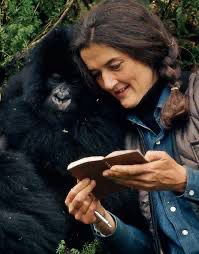
Fossey gave the gorillas names, treated them as individuals, and developed strong emotional bonds with them. Her research brought to light the complexity, intelligence, and emotional depth of gorillas, challenging long-held assumptions that humans were entirely separate from the animal kingdom. Her work was not just scientific it was deeply personal.
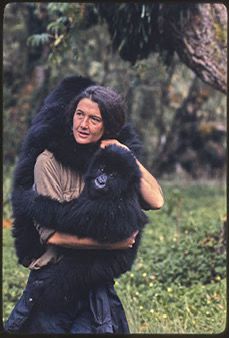
But Fossey’s mission went beyond observation. She was a fierce advocate for gorilla protection, becoming increasingly outspoken against poaching and habitat destruction. The mountain gorillas were under constant threat from illegal hunting, the pet trade, and even poorly managed tourism. Fossey’s battles with poachers were direct and at times dangerous she destroyed snares, confronted hunters, and actively worked to dismantle poaching operations. Her uncompromising stance earned her both admiration and enemies.
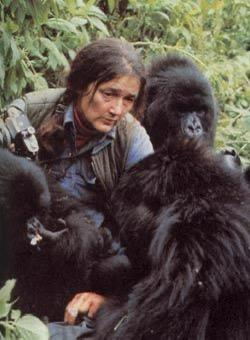
In 1983, Fossey published her memoir Gorillas in the Mist, which detailed her years of research and her close relationships with the gorillas, especially her favourite, a silverback named Digit. The book was both a scientific document and a heartfelt plea for conservation. It brought international attention to the plight of mountain gorillas and inspired a wave of interest and activism. In 1988, Gorillas in the Mist was adapted into a major motion picture starring Sigourney Weaver as Fossey, further immortalizing her story and work.
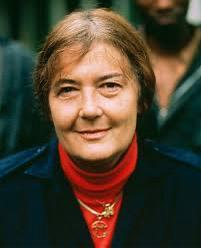
Tragically, Fossey’s life was cut short in 1985 when she was found murdered in her cabin at the research centre. Her death remains unsolved, though many believe it was linked to her anti-poaching efforts. Despite the loss, her legacy lived on.
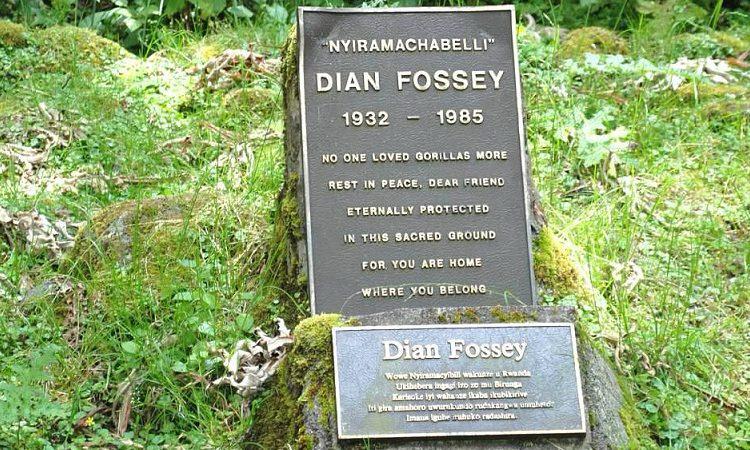
Thanks to Fossey’s tireless efforts, mountain gorilla populations have stabilized and even begun to increase. Conservation programs she inspired are still in place today, and her work continues through organizations like the Dian Fossey Gorilla Fund. She proved that one determined person could change the fate of an entire species.
Dian Fossey’s life was one of courage, compassion, and conviction. She stood up for those who could not speak, and in doing so, changed the way the world sees wildlife conservation. Her story is a reminder that the battle to protect nature is never easy but it is always worth fighting.
image credit facebook

